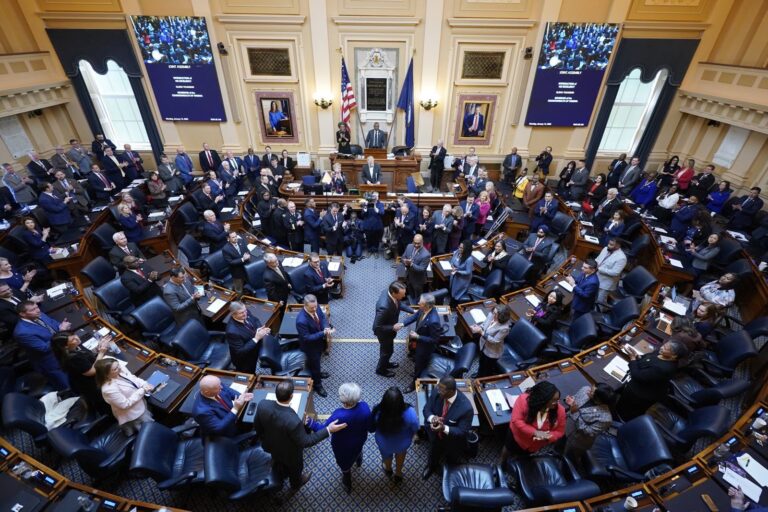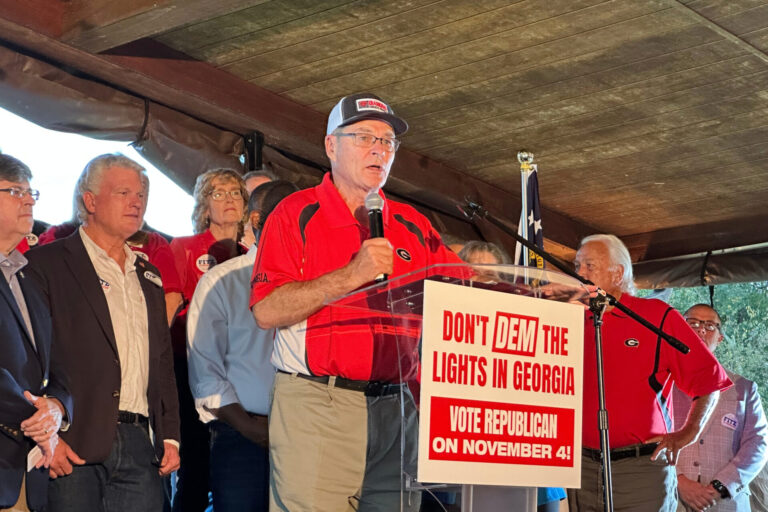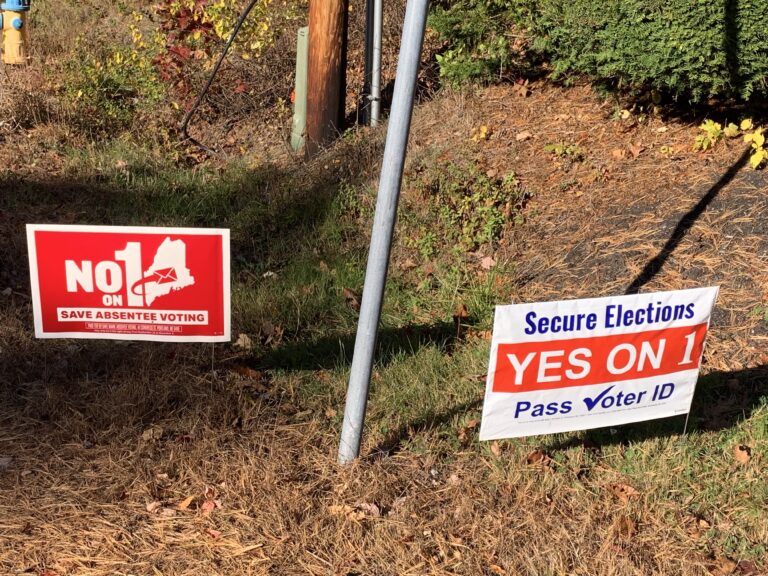Arizona Public Service Proposes To Install Free Solar Panels, Here’s What They Should Do Next
On July 28, Arizona Public Service Co. (APS) filed a proposal to state regulators seeking approval to install 20 megawatts (MW) of distributed solar generation on approximately 3,000 homes. APS filed the proposal in order to meet the 2015 renewable energy target established in 2006 by the Arizona Corporation Commission.
The announcement to begin installing distributed solar has been called a “Trojan Horse.” Why? Over the past few years, APS has been leading the effort to weaken the distributed solar market in Arizona. Examples include:
- Lying about paying the 60 Plus Association, a national conservative organization funded by organizations connected to the Koch brothers, to run ads against the state’s solar net-metering policy.
- Proposing to charge customers who install solar panels $50-$100 a month on their electric bill.
- Lobbying for a property tax on solar panels that could add an estimated $152 a year in fees for solar customers.
E&E’s Energywire interviewed our Senior Fellow Nancy LaPlaca. LaPlaca said that she and others had been anticipating this move since rooftop solar is gaining popularity in the state.
“It boggles the mind; they want to go from charging someone $50 to $100 to put solar on their house to all of a sudden wanting to pay someone $30,” she said. “It shows you how threatened they are.”
(Follow Nancy LaPlaca on twitter)
If APS truly wants to develop the state’s solar industry, here are the next steps the company can make:
- Stop funding campaigns that seek to weaken solar energy, such as paying membership fees to the American Legislative Exchange Council, and working with the Edison Electric Institute to weaken clean energy markets.
- Disclose the amount of money spent lobbying to prevent a carbon tax, and reduce standards limiting coal emissions, coal ash clean-up, and other coal toxics issues. And, disclose the amount spent lobbying for nuclear policies such as the extension of the Price-Anderson Act, which limits utility liability in case of a nuclear accident.
- Work to begin an open, honest, evidentiary hearing with state regulators, solar companies, and environmental organizations to determine the value of solar. The Arizona value of solar should include: avoided distribution, transmission, and generation capacity costs; avoided power plant construction and maintenance costs; avoided fuel costs; and include the federal social cost of carbon.
- Hold an evidentiary hearing on water use by power plants, and how the declining Colorado River will affect the company’s generating facilities. Arizona ratepayers deserve to know how much groundwater and water from the Central Arizona Project is being used to run old coal plants.
It is worth highlighting that in the filing APS was favoring a distributed generation model over a previously submitted plan to construct a single, 20MW utility-scale solar facility. Utilities generally favor larger-scale solar facilities over smaller solar systems on residential rooftops.
It’s also worth noting that Arizona ratepayers are spending over $500 million per year importing coal from out of state, as only one third of Arizona’s coal comes from in-state.



